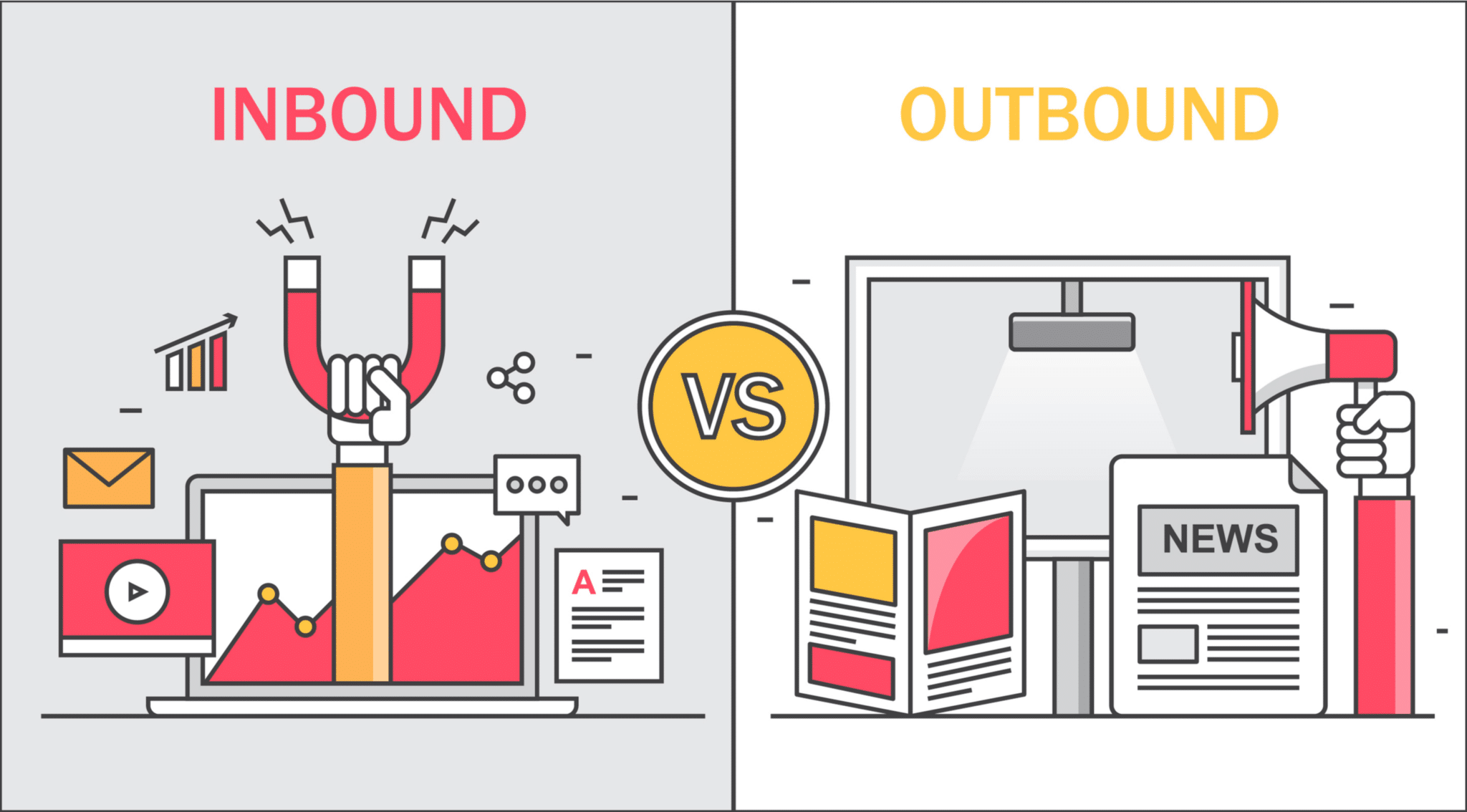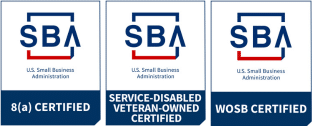Driving along the interstate or while surfing the internet, we are bombarded with advertising. This type of marketing is referred to as outbound marketing. It is very impersonal and is a way for companies to cast a large net and maximize viewers. When you think of outbound marketing, think billboards and TV commercials. On the other end, inbound marketing is a specific, tailored approach to educate potential customers about your product so that they want to support your business. Inbound marketing is like leaving little breadcrumbs for your target audience to follow all the way to your product or service. It is a more personal and subtle way to advertise your product that can be highly effective at creating brand loyalty; however, it can be more difficult than outbound marketing. Some strategies work better than others depending on the company, but let’s just explore these two general approaches.
Our traditional marketing approaches, such as PR events, spam mail, cold calling, billboards, branded marketing, and radio, are all examples of outbound marketing. Some more modern examples include spam emails and pay-per-click advertising. These strategies are as effective as passive marketing. We see these messages all the time and don’t give them much time and thought, but when we suddenly find ourselves with some extra cash, the products and services we see most often are likely to come to mind. The biggest attraction to this type of marketing is its simplicity. There are few channels to manage, and companies don’t have to spend a lot of resources doing target audience research. Advertising content is mass blasted and promotes large-scale brand awareness. In addition, customers are familiar with this strategy, and older generations are more likely to trust more conventional forms of marketing than newer social media-based strategies. To get a good start for launching an outbound marketing campaign, all you need to do is answer a few basic questions; how is the product unique, what is the product doing, and who needs the product? Like everything, outbound has its drawbacks. It can be challenging to measure the effectiveness of some outbound marketing techniques because we can’t track who sees it and acts on the advertisement. The scale needed to make outbound strategies effective can come at a high cost as well.
Inbound marketing is often seen as the new hip version of marketing as it takes a direct and personal approach, something far from what we are used to in traditional marketing. The inbound marketing methodology goes a little something like this; interactive education of your company’s products and services. We can do this by understanding the target audience’s needs and explaining how a product solves this need. The goal of inbound content is to get the consumer to continue to dig deeper into your product, so they establish loyalty to your brand and become a part of your long-term customer base. Inbound strategies include social media campaigns and various types of online content like blogs, videos, virtual brochures, and so much more. An excellent method to get an audience to continue learning about your brand is by including links to more information with every content post. It could be a link to sign up for an email newsletter, a webinar, social media account, or another website page. The more time people spend looking at your content, the more likely they will support your business. Another critical aspect of inbound includes testimonials and showing a community behind the product to help differentiate your business from the rest! A significant benefit of inbound marketing over outbound is that it is quantifiable. We can look at metrics and data and see what type of content works and what doesn’t to continually make campaigns more efficient. However, that also means an ever-evolving marketing plan with lots of bells and whistles that requires a lot of human capital and software to integrate cross-channel campaigns.
The best marketing is not outbound or inbound. It is a mix of the two. Outbound marketing provides that “first contact” between your business and a large mass of people. Inbound marketing focuses more on the individual and is much more specific, making it ineffective for simply getting your brand out in front of the public. However, once that first contact is established, inbounding techniques seal the deal. Although this can be a significant challenge, every company finds a different balance between the two techniques that work best. Luckily, market experts at the Miner Agency can expedite the process and have your company seeing results fast. Our team has experience working with many different businesses and can set your company on an uphill trajectory.

